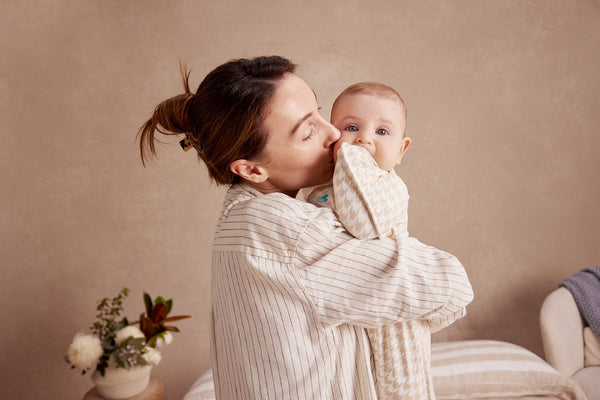What are our sensory systems?
Our sensory systems enable us to engage and interact with our surroundings. They help us to feel calm, safe, and secure – especially in challenging situations.
The most well-known senses are vision, hearing, taste, smell, and touch. The lesser-known sensory systems include The Proprioception System (body position), The Vestibular System (movement and balance), and The Tactile System (touch, pain, and temperature). Learn more about these key systems below.
The Proprioceptive System
The Proprioceptive System tells the brain how the body is moving in space. For example, it refers to the timing of motor actions, coordination, movement, and balance.
The Vestibular System
The Vestibular System relates to balance, movement, and postural control.
The Tactile System
The Tactile System relates to the feeling of light touch, deep touch, pressure, temperature, and pain.
When do children develop different sensory preferences?
As children are exposed to different sensory experiences, they will likely develop different preferences which may change over time.
You might start to notice your child’s different sensory preferences as they grow and develop. Today, we’re going to talk about two sensory preferences: those who need more and those who need less sensation.
It’s important to remember that not all children fall into these categories and our sensory needs can change over the course of the day. Your child’s sensory preferences will also depend on how well your child is able to self-regulate (manage their emotions/self-soothe).
Does my child have a sensory preference?
Every child is different. A need for or avoidance of certain sights, sounds, tastes, smells, and movements might indicate that they have a sensory preference.
Below, find common signs that your child has a stronger preference for more stimulation to stay engaged.
Those who need more sensation can actively seek and enjoy, or need the below:
- Sensory seekers and low registration children actively seek the below.
- Constant background noise.
- Physical contact.
- New foods and textures.
- Bright colors and different visuals.
- Movement such as pushing button, bouncing, jumping or rocking.
Those who need less sensation can avoid or become overwhelmed with the following:
- Sensory avoiders and children with sensory sensitivity avoid the following.
- Loud or unfamiliar sounds.
- Certain smells.
- Bright lights, certain colors, or the dark.
- Different foods/textures.
- Physical touch.
What does needing more sensation look like?
The below behavioral traits might indicate that your child needs more sensation:
- Frequently touching people or objects.
- Seeking or making loud noises.
- Chewing/sucking on non-food items.
- Not having a clear understanding of personal space.
- Regularly jumping, running, or bumping into people/objects.







